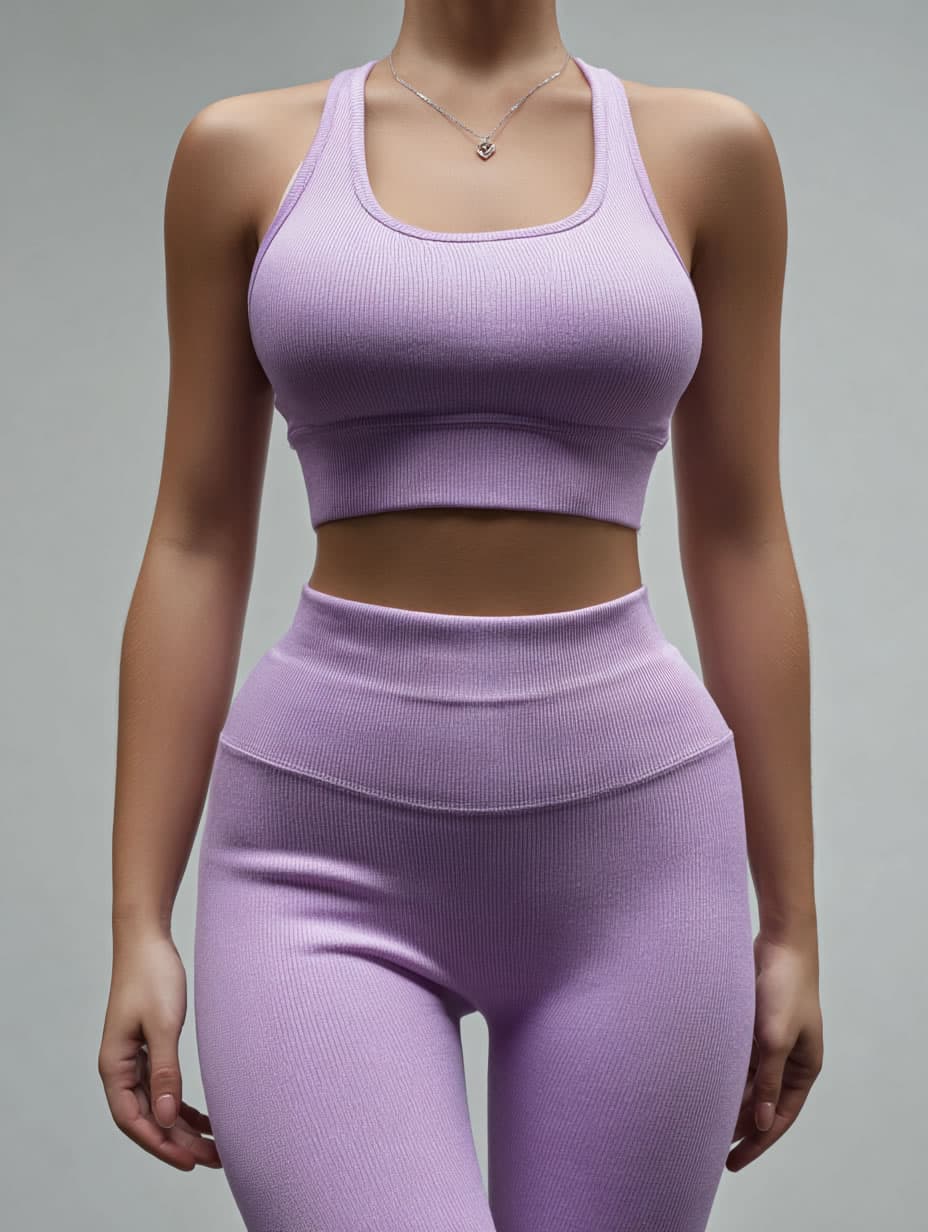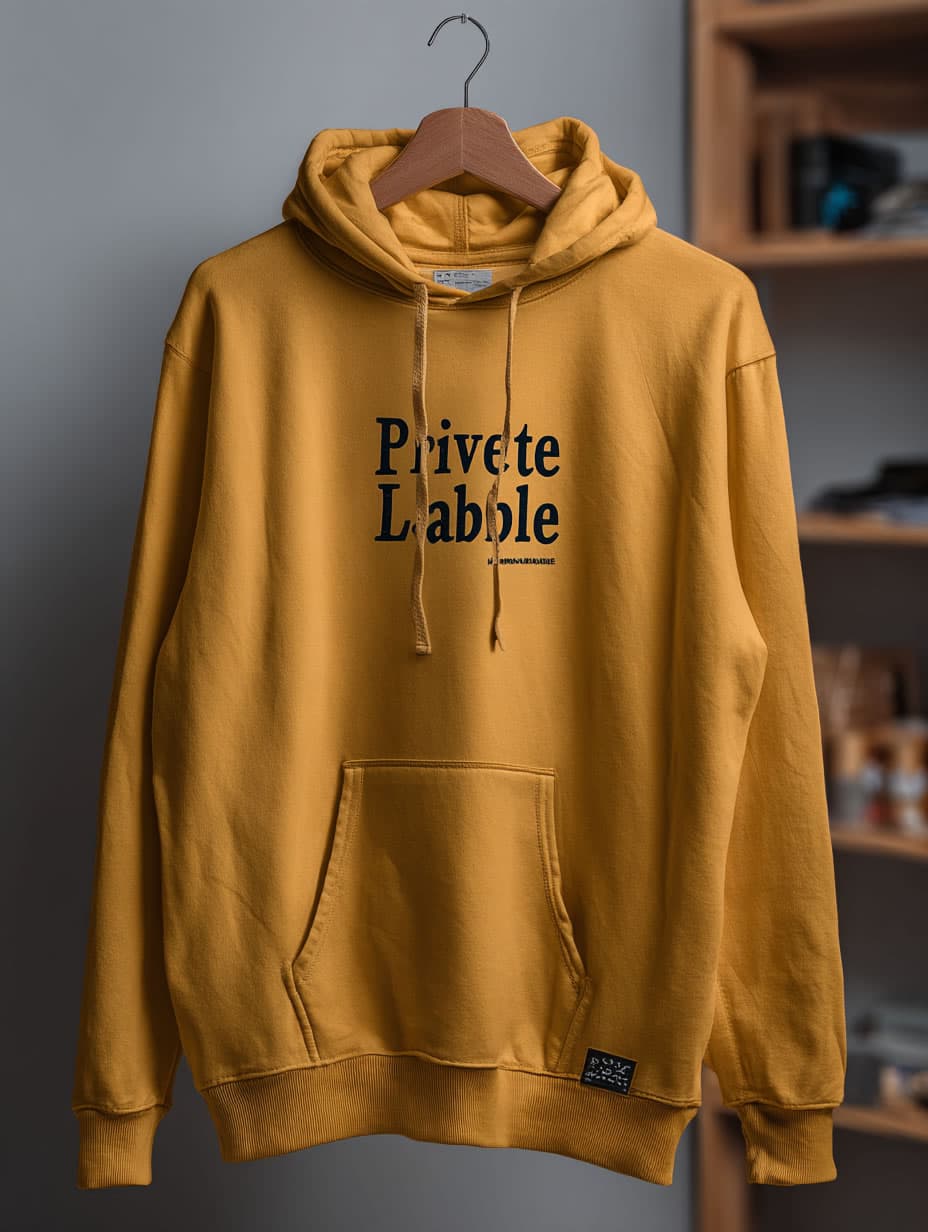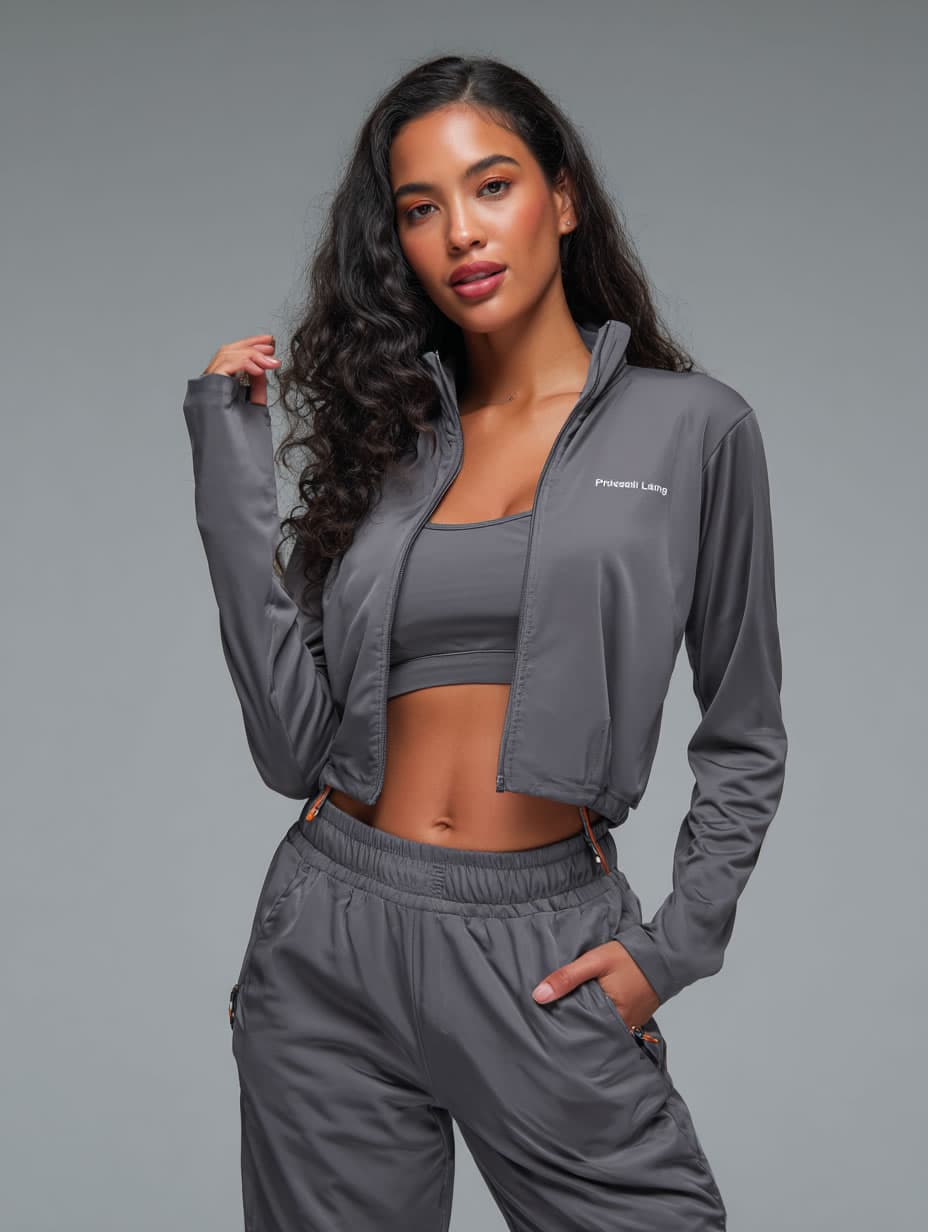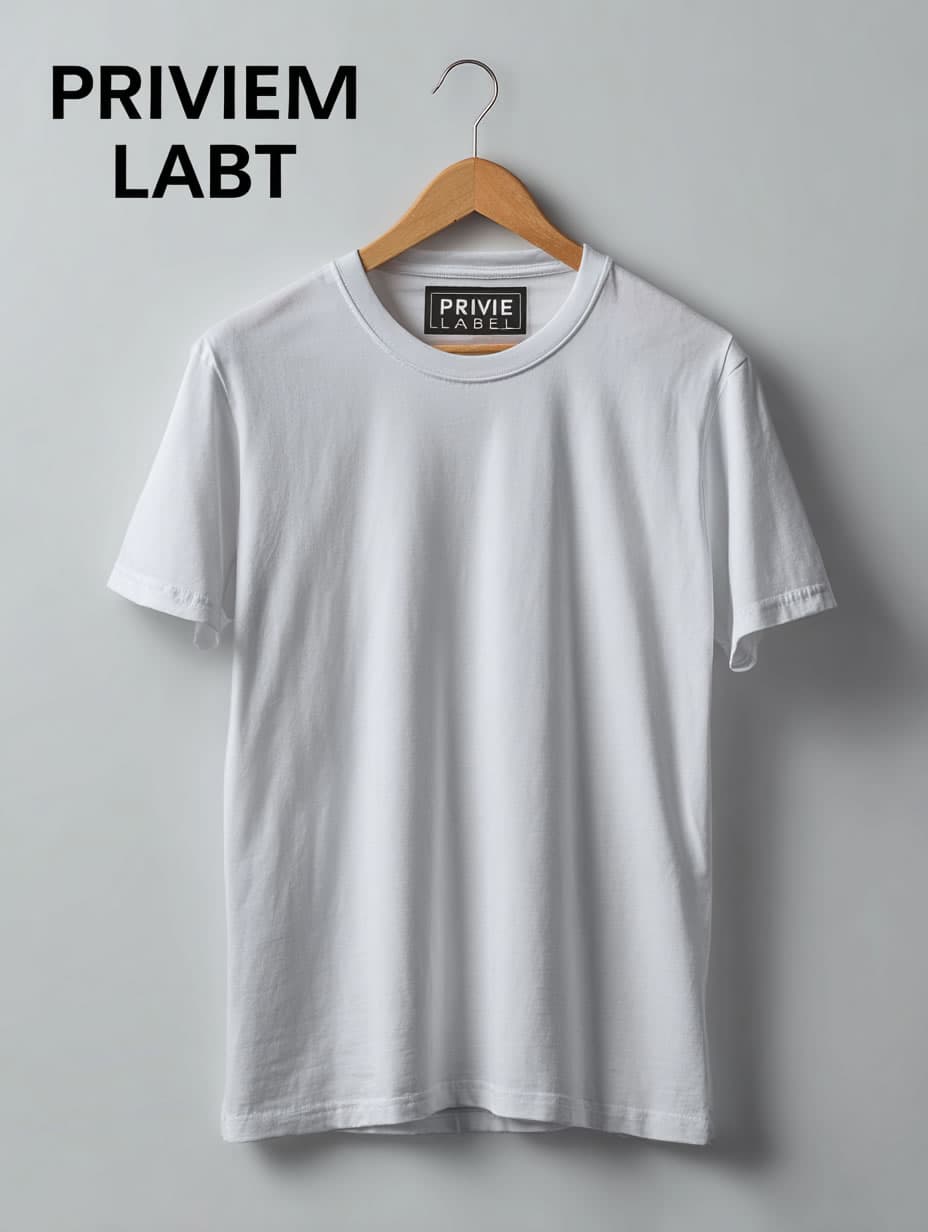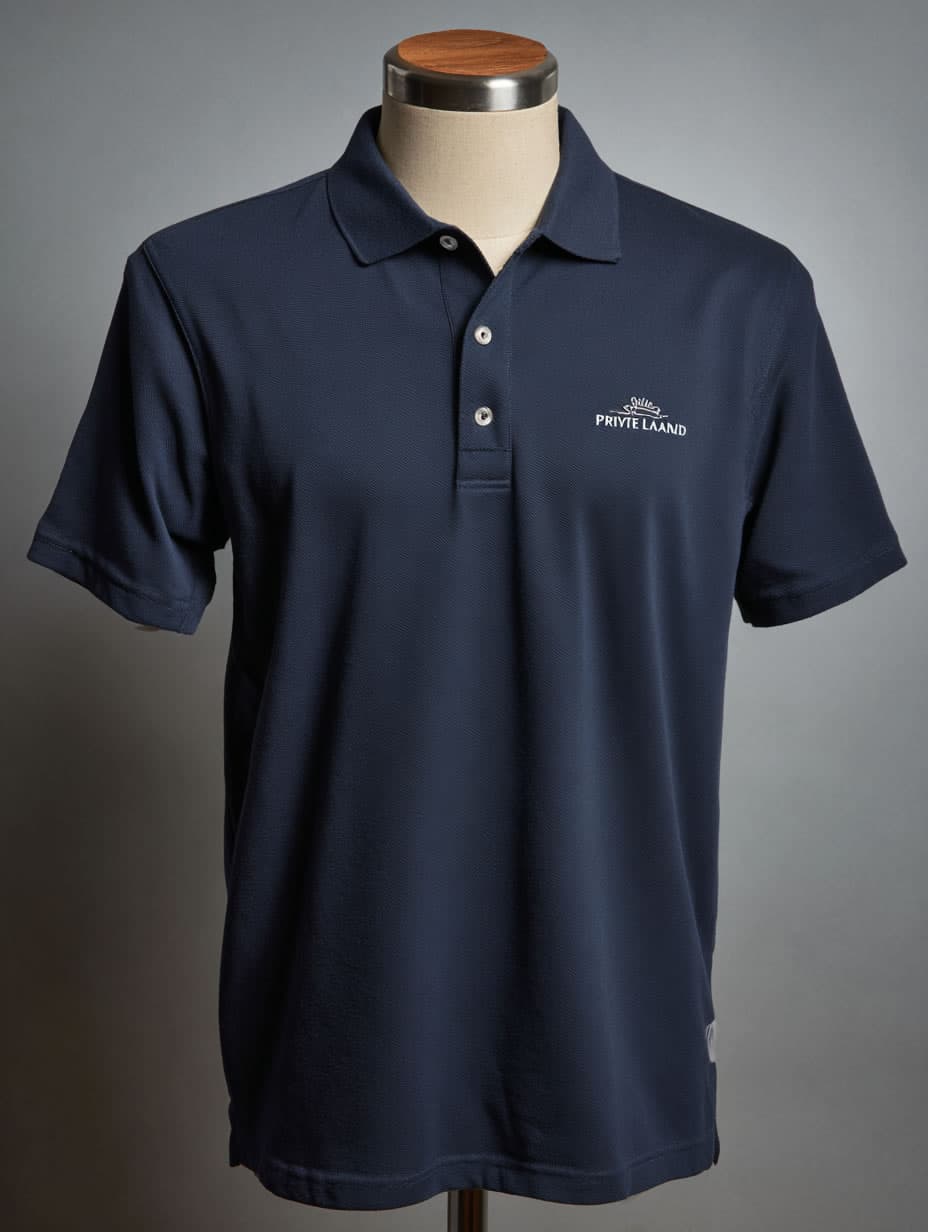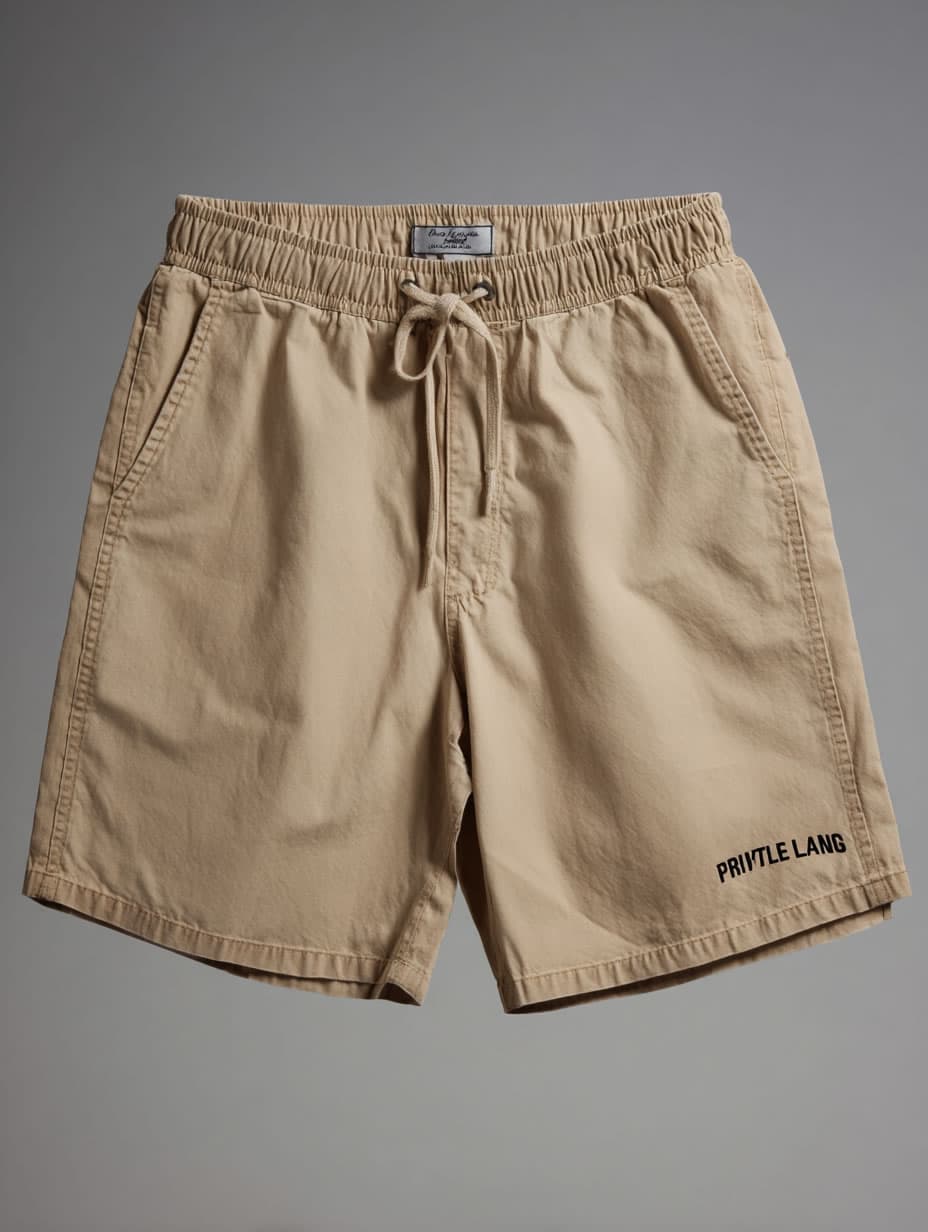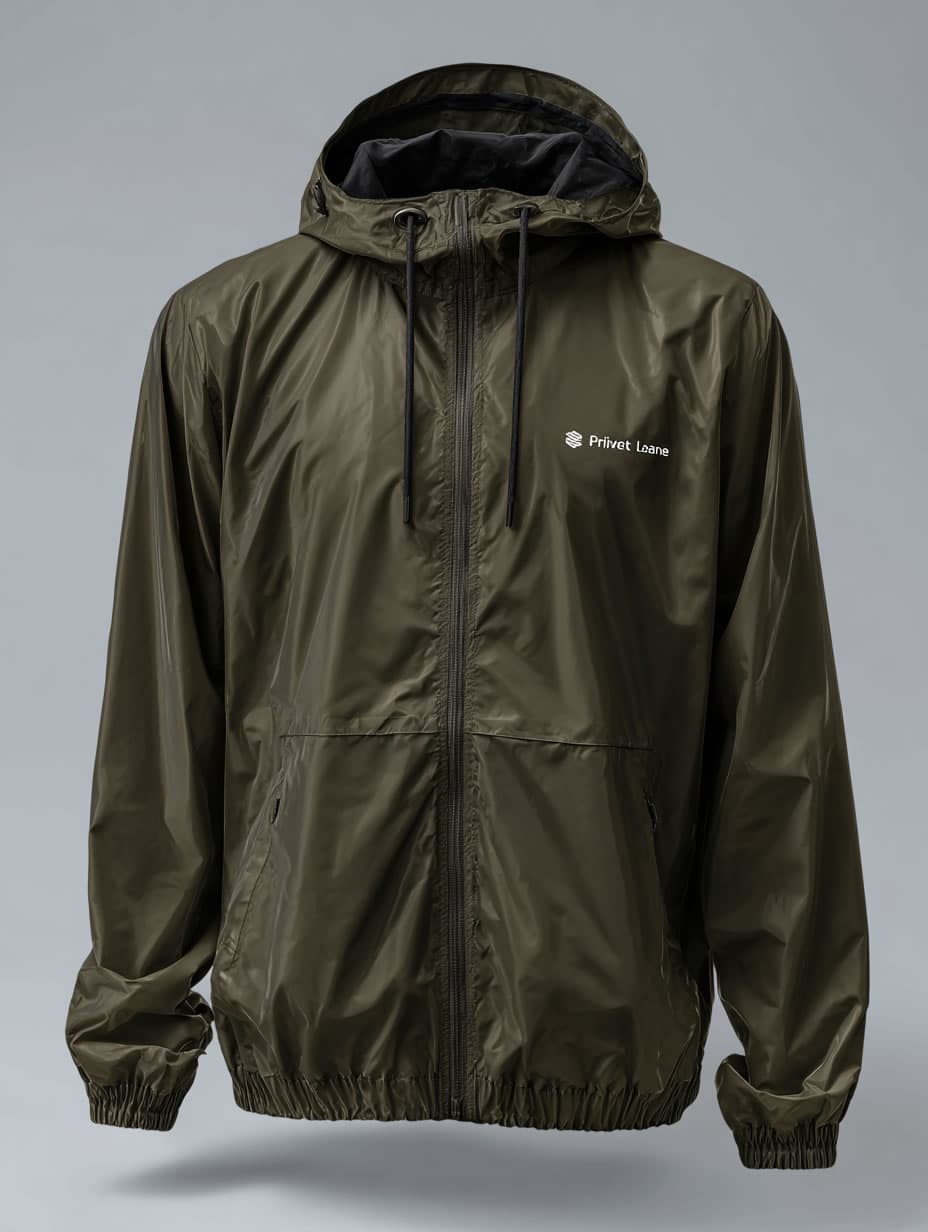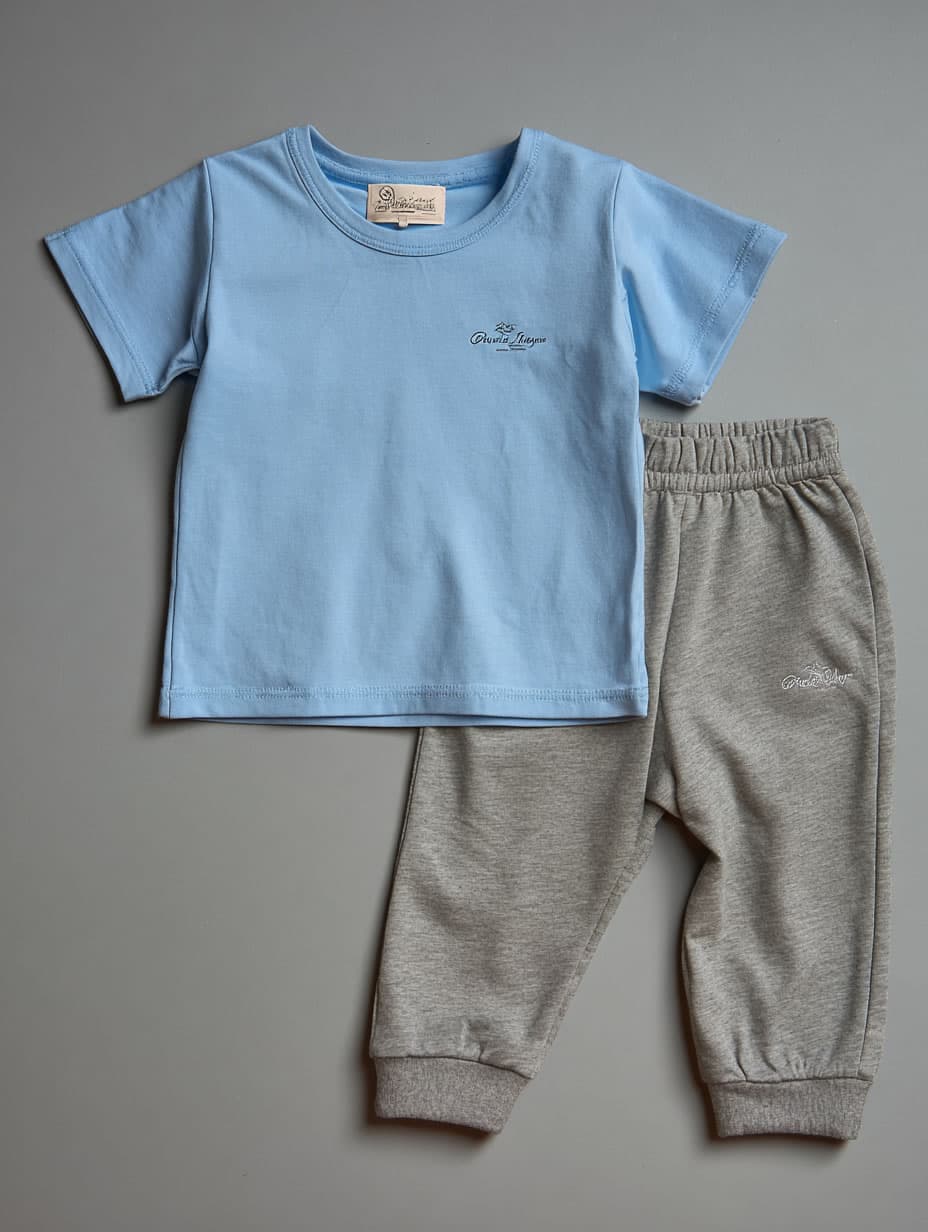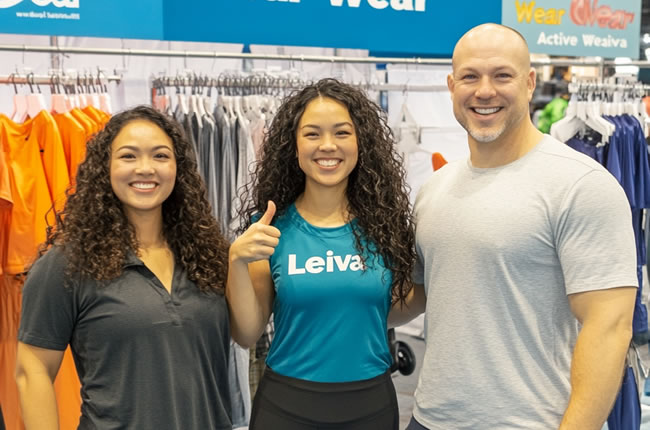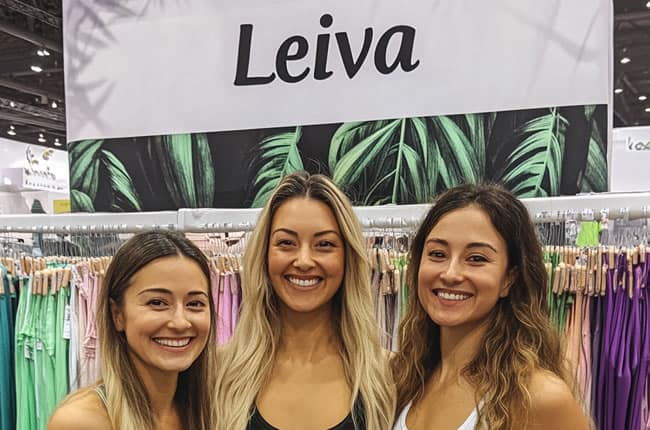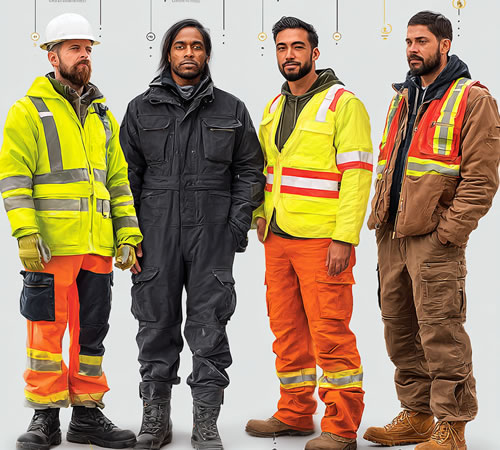In the world of performance wear, fabric is everything. Whether you're designing gym wear, yoga sets, running gear,
or team uniforms, choosing the right material directly impacts comfort, durability, and customer satisfaction.
For apparel brands and wholesalers,
understanding sportswear fabrics is key to standing out in a competitive market.
In this article, we break down the essential features of great sportswear fabric —
and what you should look for when selecting materials for your next collection.
1. Moisture-Wicking Ability
One of the most important functions of sportswear is keeping the wearer dry and comfortable.
Moisture-wicking fabrics pull sweat away from the skin and help it evaporate quickly.
This not only prevents chafing and overheating but also makes workouts more enjoyable.
Popular moisture-wicking materials include:
Polyester
Nylon
Poly-spandex blends
Look for fabrics labeled “quick-dry,” “dry-fit,” or “cool-touch” — they typically offer strong performance for active use.
2. Stretch and Recovery
Movement is at the heart of sportswear. Whether it's deep lunges in yoga or sprinting on the track,
the fabric must move with the body. A great sportswear fabric offers:
4-way stretch for maximum flexibility
High elasticity to hold shape over time
Recovery ability so garments don’t sag or deform after washing
Fabrics with spandex (also known as elastane or Lycra) blended into the yarn provide the stretch and bounce-back that athletes expect.
3. Breathability and Ventilation
No one wants to feel suffocated in their workout gear. Breathable fabrics allow air to circulate,
keeping body temperature regulated and sweat under control. Mesh panels or perforated zones are
often added in high-sweat areas to increase airflow.
Best for breathability:
Microfiber polyester
Lightweight nylon
Bamboo blends (natural and breathable)
4. Durability and Wash Resistance
Athletic clothing is washed more frequently than everyday wear, so it needs to maintain
its integrity after dozens of cycles. A durable sportswear fabric resists:
Pilling
Fading
Stretch-out
Seam separation
Double-knit construction, flatlock stitching, and higher denier fibers improve longevity.
For professional athletes or frequent gym-goers, these details matter.
5. Comfort and Softness
Comfort isn’t just about function — it’s also about feel. Fabrics with brushed interiors or peached surfaces provide a soft,
cozy touch that’s ideal for lounge-to-gym transitions. Lightweight and second-skin fabrics are especially popular in yoga and pilates wear.
Some examples:
Brushed poly-spandex blends
Cotton-modal blends
French terry for light warmth
6. Sustainable Options
Eco-conscious customers are increasingly choosing activewear made
from recycled or organic materials. Brands that prioritize sustainability can now choose from:
Recycled polyester (rPET)
Organic cotton
Bamboo viscose
Seaweed fiber or biodegradable yarns
Choosing sustainable fabrics not only helps the planet — it also builds customer loyalty and aligns your brand with modern values.
Conclusion
For apparel brands, selecting the right sportswear fabric is not just a technical choice —
it’s a branding decision. The feel, performance, and durability of your fabric
determine how customers perceive and return to your products.
When sourcing materials, always consider:
Target activity (yoga, gym, running, team sports)
Climate and usage intensity
Your brand positioning (premium, eco-friendly, fashion-forward)
Partnering with a trusted manufacturer who understands fabric performance and has access to a wide
range of textile options is the key to creating standout sportswear collections.




